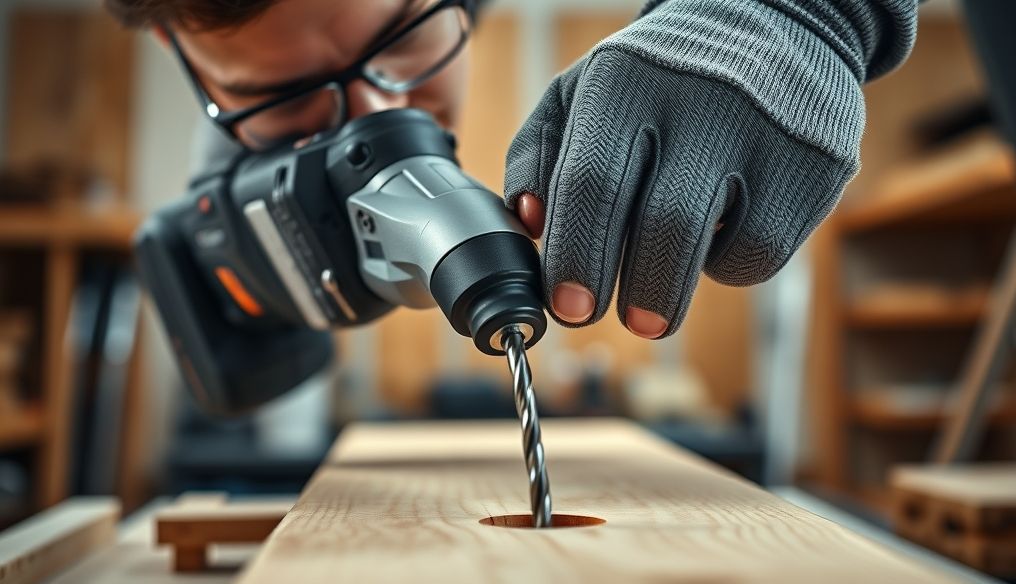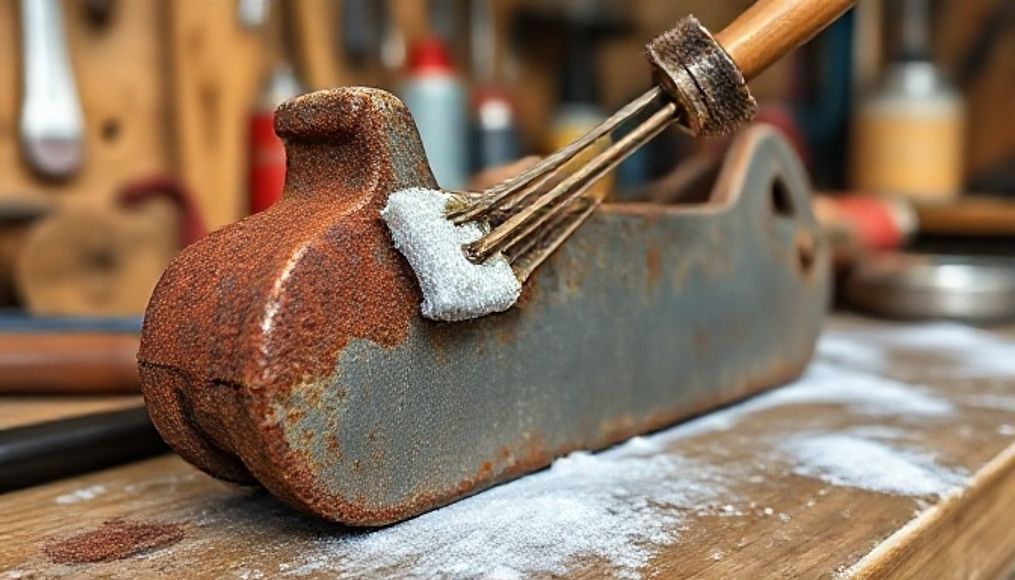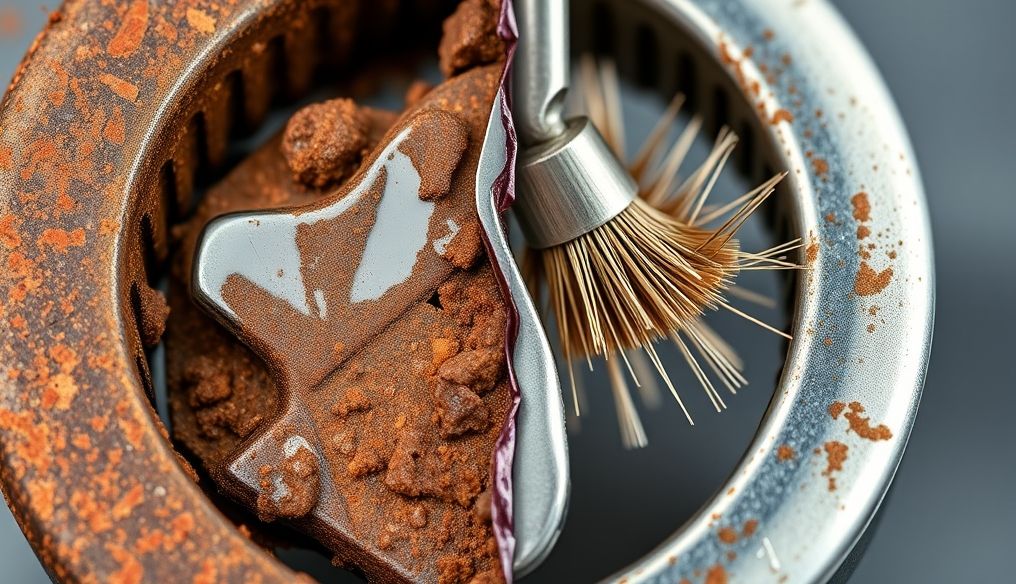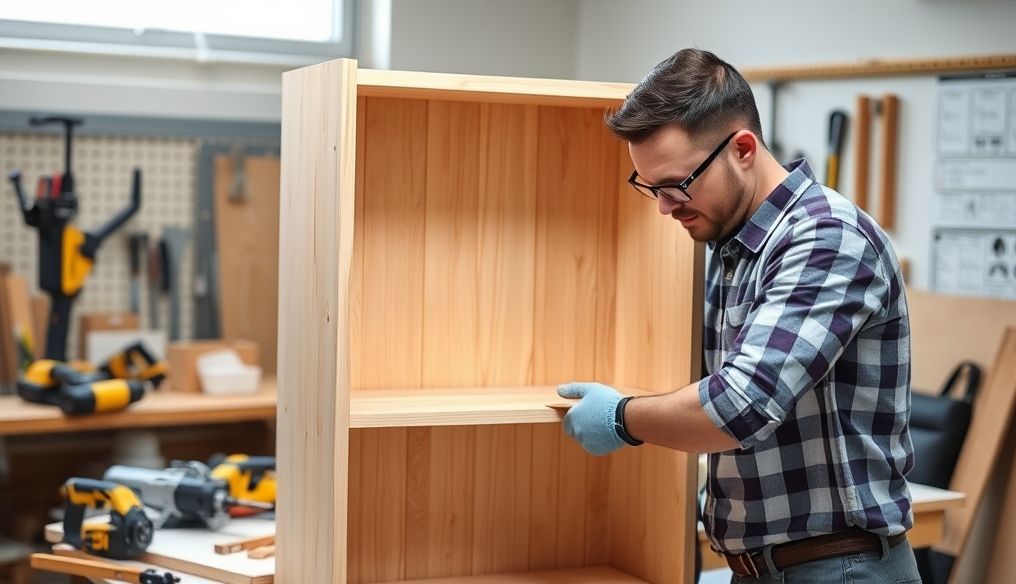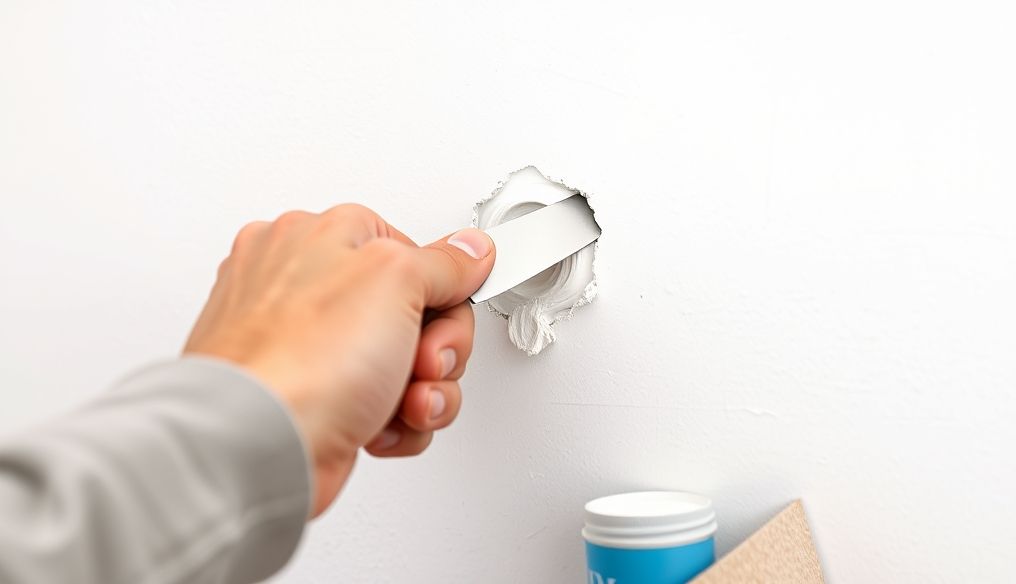What is the correct and safe way to use an electric drill effectively?
An electric drill is a powerful and versatile tool, but its use requires some knowledge and precautions to ensure safety and effectiveness. Whether you're hanging a picture or building shelves, mastering the use of a drill will make your life much easier. This comprehensive guide will cover everything you need to know about using a drill safely and effectively.
1. Choosing the Right Drill: Types of Drills and Their Uses
Before you start, it's important to choose the right drill for the task at hand. There are different types of drills, each with its own specific uses:
- Standard Electric Drill: Ideal for general household tasks such as drilling into wood, metal, and plastic.
- Cordless Drill: Offers freedom of movement and ease of use, suitable for tasks that require mobility.
- Hammer Drill: Used for drilling into concrete and brick, providing extra power.
- Rotary Hammer: More powerful than a hammer drill, designed for heavy-duty tasks in concrete.
- Impact Driver: Used for quickly and easily tightening and loosening screws.
Tip: If you're a beginner, start with a standard electric or cordless drill. Over time, you can add other types to your collection as needed.
2. Essential Safety Equipment: Protecting Yourself While Working
Safety is the top priority when using any power tool. Make sure to wear the following protective equipment:
- Safety Glasses: To protect your eyes from dust and flying debris.
- Work Gloves: To protect your hands and improve your grip on the drill.
- Ear Protection: To protect your hearing from loud noises, especially when using a hammer drill.
- Dust Mask: To protect your lungs from dust, especially when drilling into walls or concrete.
- Appropriate Clothing: Avoid loose clothing and jewelry that could get caught in the drill.
Statistic: Statistics show that most work-related injuries occur due to the lack of appropriate safety equipment.
3. Choosing the Right Drill Bit: Identifying the Correct Type and Size
The drill bit is the part that performs the drilling operation. There are different types of bits, each with its own specific uses:
- Twist Drill Bits: Used for drilling into metals, wood, and plastic.
- Wood Drill Bits: Specifically designed for drilling into wood, providing clean and accurate holes.
- Masonry Drill Bits: Used for drilling into concrete and brick, featuring a tungsten carbide tip.
- Spade Bits: Used for making large holes in wood.
- Step Drill Bits: Used for making graduated holes in metals.
Tip: Make sure to choose the right drill bit for the material you are drilling. Using an inappropriate bit can damage the bit or the material.
4. Installing the Drill Bit: Securing it Properly in the Drill
Installing the drill bit correctly is essential for ensuring safety and accuracy. Follow these steps:
- Disconnect the drill from the power source.
- Open the drill chuck using the dedicated key (if the drill requires it) or manually (in the case of modern cordless drills).
- Insert the drill bit into the chuck so that it is in the center.
- Tighten the chuck using the key or manually until the bit is securely in place.
- Make sure the bit is properly secured before starting to drill.
5. Identifying the Drilling Location: Measuring and Marking Accurately
Before you start drilling, it's important to accurately identify the drilling location. Use a pencil and ruler to mark the point you want to drill. You can also use a center punch to make a small mark that helps prevent the bit from slipping at the start of drilling.
6. Basic Drilling Techniques: Controlling Speed and Pressure
When drilling, it's important to control the speed and pressure to ensure good results and avoid damaging the material or the drill. Here are some tips:
- Start at a Low Speed: Start drilling at a low speed to create an initial hole, then gradually increase the speed.
- Use Steady Pressure: Don't press too hard on the drill, but use steady and continuous pressure.
- Keep the Drill Straight: Make sure the drill is straight during drilling to avoid damaging the hole or breaking the bit.
- Cool the Bit: When drilling into metals, you may need to cool the bit with water or oil to prevent it from overheating.
7. Drilling into Different Materials: Wood, Metal, Concrete
Different materials require different drilling techniques. Here are some tips for drilling into common materials:
- Wood: Use a wood drill bit and drill at a medium speed. You can place a piece of wood under the piece you are drilling to prevent cracking.
- Metal: Use a metal drill bit and drill at a low speed. Use lubricating oil to cool the bit and prevent it from overheating.
- Concrete: Use a hammer drill and a masonry drill bit. Press firmly on the drill and drill slowly and steadily.
8. Maintenance and Storage: Extending the Life of the Drill
To keep the drill in good condition and extend its life, follow these tips:
- Clean the Drill After Each Use: Remove dust and dirt from the drill and bits.
- Lubricate Moving Parts: Regularly lubricate the drill chuck and other moving parts.
- Store the Drill in a Dry and Clean Place: Store the drill in its original case or in a place protected from moisture and dust.
- Inspect the Power Cord Regularly: Make sure the power cord is intact and has no damage.
9. Troubleshooting: Common Problems and Solutions
You may encounter some problems while using the drill. Here are some common problems and solutions:
- Bit Slipping: Use a center punch to make a small mark that helps prevent the bit from slipping.
- Bit Breaking: Use a drill bit suitable for the material you are drilling and do not press too hard on the drill.
- Drill Overheating: Use lubricating oil to cool the bit and drill at a low speed.
- Chuck Not Rotating: Clean and lubricate the chuck. If the problem persists, you may need to replace the chuck.
10. Advanced Tips: Using Accessories and Advanced Techniques
Once you have mastered the basics, you can explore accessories and advanced techniques to improve your drilling skills:
- Using a Drill Guide: Helps to drill at precise and straight angles.
- Using a Depth Stop: Helps to drill to a specific depth.
- Using a Hole Saw: Used to make large holes with a specific diameter.
- Using Countersink Bits: Used to create a recess for screws so that they are flush with the surface of the material.
Conclusion: By using these tips and techniques, you can use the electric drill safely and effectively to complete a variety of home and professional projects. Always remember that safety is the top priority, and don't hesitate to ask for help if you're not sure how to do something.
